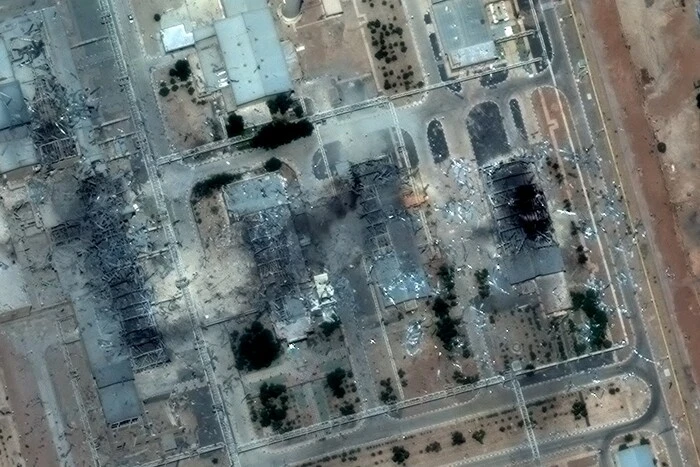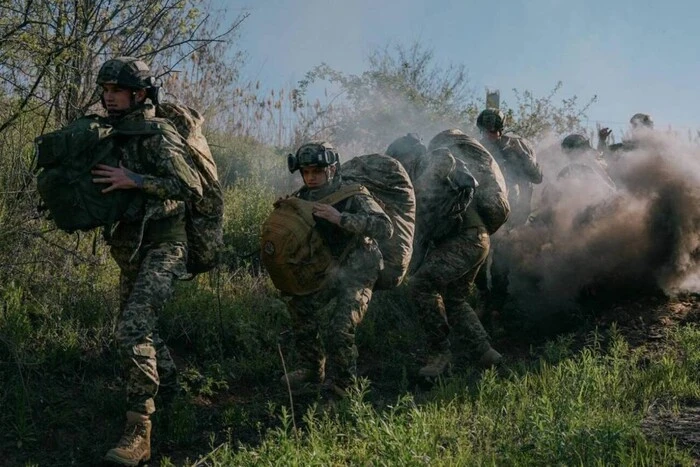AFU will find it difficult to hold positions in the Kursk region - Media.


Ukrainian military are in a difficult position in the Kursk region of the Russian Federation, where they can be attacked from various directions. However, the number of Russian forces that will need to be transferred to the territory of Ukraine depends on how the holding of these positions will continue, reports The New York Times.
The New York Times refers to the opinions of two experts: senior research fellow for military studies at the Australian Lowy Institute, retired Major General Mick Ryan, and head of the independent research group Ukrainian Center for Security and Cooperation, Sergiy Kuzan.
According to them, Ukraine will have to expand or maintain its achievements in western Russia for a long Time to force Moscow to transfer significant forces from the front to Ukrainian territory.
However, analysts believe that being in a vulnerable position that can be attacked from all sides will be difficult. Sergiy Kuzan emphasizes that a fixed Ukrainian position is vulnerable to Russian airstrikes. According to him, such a situation "immediately prompts the use of aviation, guided bombs, and ballistic missiles."
U.S. officials also report that Russia has withdrawn some infantry units from Ukraine to the Kursk region. However, according to them, they have not observed the movement of armored battalions from the Kremlin, which the United States considers necessary to repel a possible invasion.
Source: RBC-Ukraine
Read also
- EU to impose 18th sanctions package against Russia: Merz calls on the US to join
- The media published a report on Iran's surviving nuclear arsenal. The Pentagon will hold a press conference
- Front line as of June 25. General Staff report
- NATO has committed to spending 5% of GDP on defense and recognizes Russia as a long-term threat: what it means for Ukraine
- The enemy is intensifying assaults on the Defense Forces' positions in the Vovchansk and Lyptsi areas
- The area of mined territories in Ukraine has decreased by 20%










